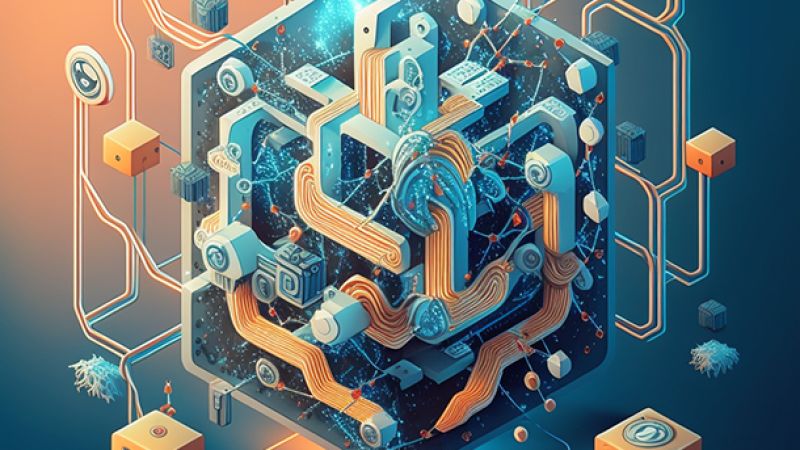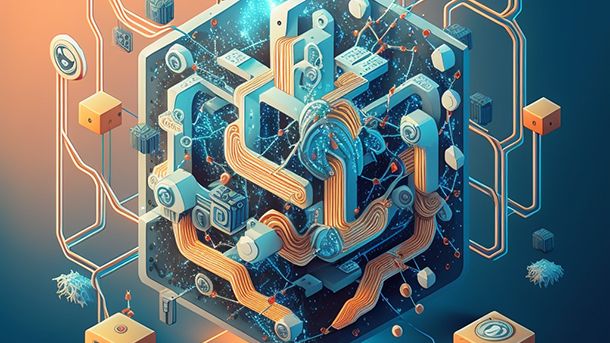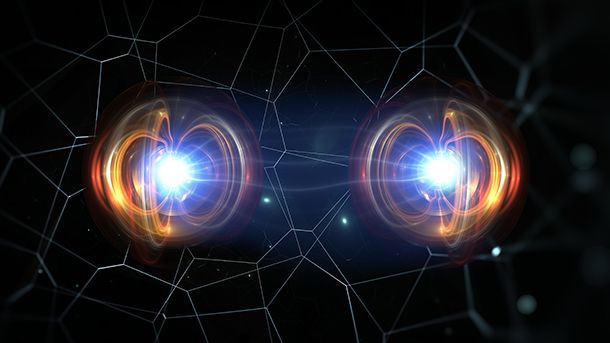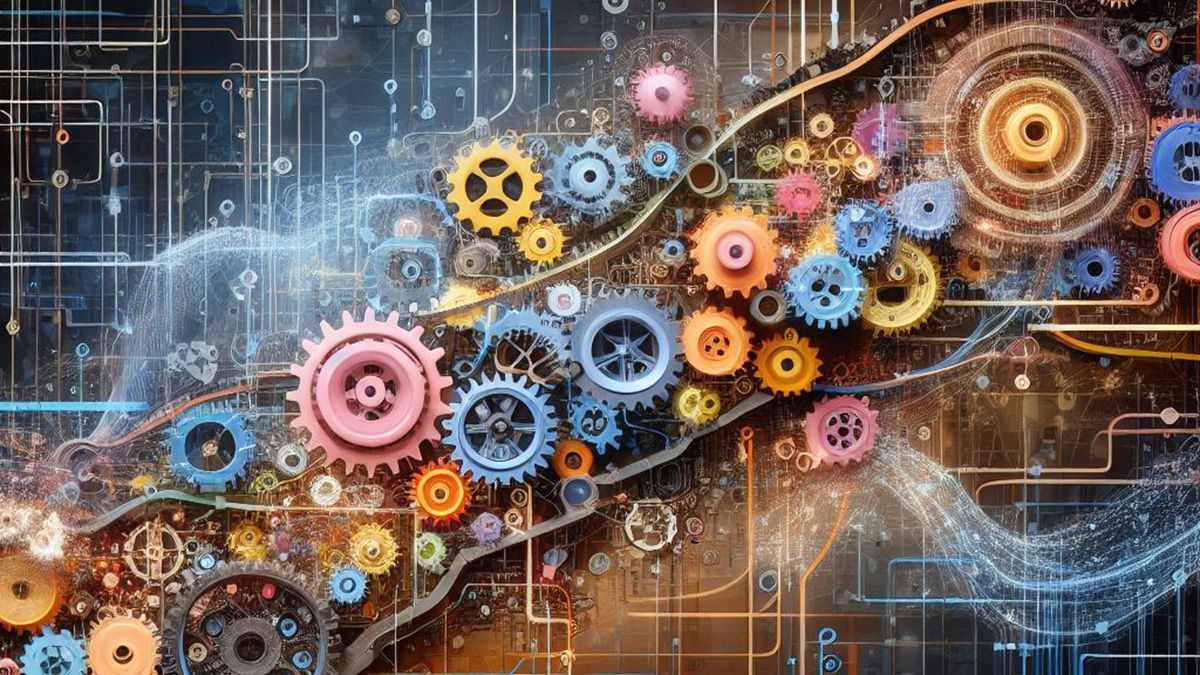Web 3.0 - A decentralized web
Web 3.0, also known as the decentralized web or the semantic web, is the next phase of the internet. It aims to create a more intelligent, connected, and decentralized web that is more user-centric and secure. Unlike the current web, which is primarily designed for humans to read and navigate, Web 3.0 is designed to enable machines to understand and interpret information, and to allow for more advanced applications and services.
The key features of Web 3.0 include:
-
Decentralization: Web 3.0 is designed to be decentralized, meaning that it is not controlled by any single entity or organization. This is achieved through the use of blockchain technology, which allows for the creation of decentralized applications and services.
-
Machine-readable data: Web 3.0 aims to make data more accessible and easier to interpret for machines. This is done through the use of semantic web technologies such as RDF, OWL, and SPARQL, which enable machines to understand the meaning of data and how it is related.
-
Advanced technologies: Web 3.0 will incorporate a range of advanced technologies such as artificial intelligence, machine learning, and natural language processing. This will enable more advanced applications and services, such as intelligent chatbots, voice assistants, and personalized recommendations.
-
Improved security: Web 3.0 is designed to be more secure than the current web, with a focus on protecting user privacy and data. This is achieved through the use of decentralized technologies and encryption.
Web 3.0 aims to create a more intelligent, connected, and decentralized web that is more user-centric and secure. It is still a developing concept, and it may take some time before it becomes widely adopted and accessible to average users.












